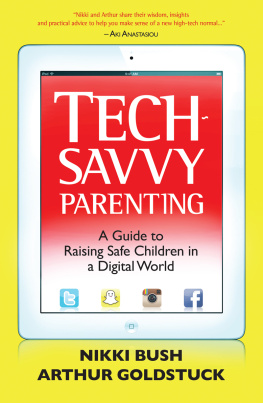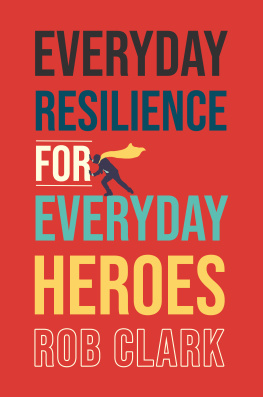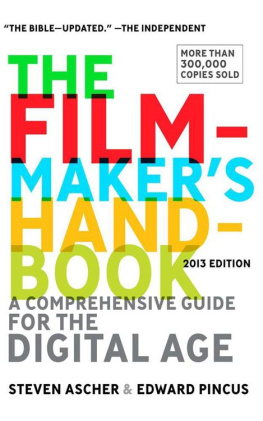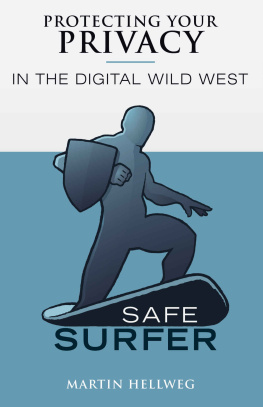Wild - The Personal Digital Resilience Handbook: An essential guide to safe, secure and robust use of everyday technology
Here you can read online Wild - The Personal Digital Resilience Handbook: An essential guide to safe, secure and robust use of everyday technology full text of the book (entire story) in english for free. Download pdf and epub, get meaning, cover and reviews about this ebook. year: 2020, genre: Home and family. Description of the work, (preface) as well as reviews are available. Best literature library LitArk.com created for fans of good reading and offers a wide selection of genres:
Romance novel
Science fiction
Adventure
Detective
Science
History
Home and family
Prose
Art
Politics
Computer
Non-fiction
Religion
Business
Children
Humor
Choose a favorite category and find really read worthwhile books. Enjoy immersion in the world of imagination, feel the emotions of the characters or learn something new for yourself, make an fascinating discovery.

- Book:The Personal Digital Resilience Handbook: An essential guide to safe, secure and robust use of everyday technology
- Author:
- Genre:
- Year:2020
- Rating:3 / 5
- Favourites:Add to favourites
- Your mark:
- 60
- 1
- 2
- 3
- 4
- 5
The Personal Digital Resilience Handbook: An essential guide to safe, secure and robust use of everyday technology: summary, description and annotation
We offer to read an annotation, description, summary or preface (depends on what the author of the book "The Personal Digital Resilience Handbook: An essential guide to safe, secure and robust use of everyday technology" wrote himself). If you haven't found the necessary information about the book — write in the comments, we will try to find it.
Wild: author's other books
Who wrote The Personal Digital Resilience Handbook: An essential guide to safe, secure and robust use of everyday technology? Find out the surname, the name of the author of the book and a list of all author's works by series.
The Personal Digital Resilience Handbook: An essential guide to safe, secure and robust use of everyday technology — read online for free the complete book (whole text) full work
Below is the text of the book, divided by pages. System saving the place of the last page read, allows you to conveniently read the book "The Personal Digital Resilience Handbook: An essential guide to safe, secure and robust use of everyday technology" online for free, without having to search again every time where you left off. Put a bookmark, and you can go to the page where you finished reading at any time.
Font size:
Interval:
Bookmark:
The characters and events portrayed in this book are fictitious. Any similarity to real persons, living or dead, is coincidental and not intended by the author.
No part of this book may be reproduced, or stored in a retrieval system, or transmitted in any form or by any means, electronic, mechanical, photocopying, recording, or otherwise, without express written permission of the publisher.
ISBN-13: 9781234567890
ISBN-10: 1477123456
Cover design by: Art Painter
Library of Congress Control Number: 2018675309
Printed in the United States of America
Font size:
Interval:
Bookmark:
Similar books «The Personal Digital Resilience Handbook: An essential guide to safe, secure and robust use of everyday technology»
Look at similar books to The Personal Digital Resilience Handbook: An essential guide to safe, secure and robust use of everyday technology. We have selected literature similar in name and meaning in the hope of providing readers with more options to find new, interesting, not yet read works.
Discussion, reviews of the book The Personal Digital Resilience Handbook: An essential guide to safe, secure and robust use of everyday technology and just readers' own opinions. Leave your comments, write what you think about the work, its meaning or the main characters. Specify what exactly you liked and what you didn't like, and why you think so.














